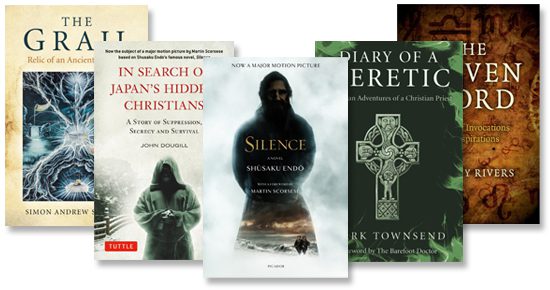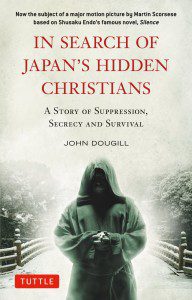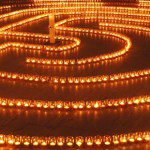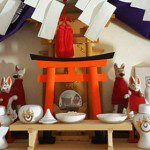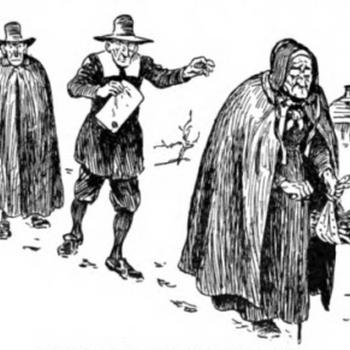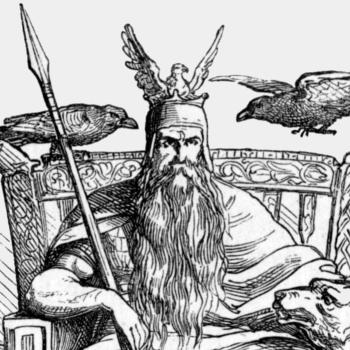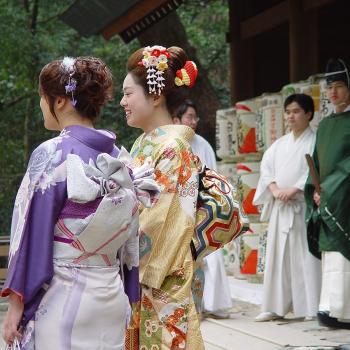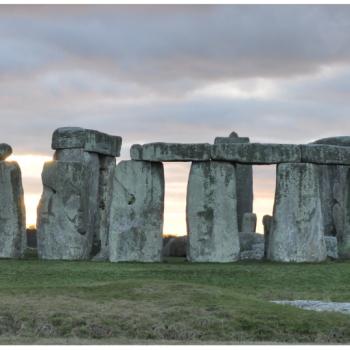In the wake of the release of Martin Scorsese’s movie Silence, this month’s Pagan Tama book reviews explore the interaction of Christianity with pagan and Japanese religions. We’ll look at the diary of a Christopagan priest, the Pagan-Christian legend of the Grail, the history of Christianity in Japan, and of course, Shūsaku Endō’s original novel Silence itself.
The full list of this month’s reviews is as follows….
- John Dougill, In Search of Japan’s Hidden Christians: A Story of Suppression, Secrecy and Survival
- Shūsaku Endō, Silence
- Romany Rivers, The Woven Word: A Book of Invocations and Inspirations
- Simon Andrew Stirling, The Grail: Relic of an Ancient Religion
- Mark Townsend, Diary of a Heretic: The Pagan Adventures of a Christian Priest
John Dougill, In Search of Japan’s Hidden Christians:
A Story of Suppression, Secrecy and Survival
(Tuttle Publishing, 2012)
★★★ Read of the Month! ★★★
These days, John Dougill may be best known for his interest in Shinto. In addition to co-authoring a book on Shinto shrines (reviewed here), he is the writer of Green Shinto, a blog exploring the many modern-day incarnations of Shinto and promoting it as a universal and environmental spiritual path. It was apparently Dougill’s interest in Shinto as an outsider to Japan that inspired him to research into the history of Japan’s Christians, as there are some parallels between the Japanese practising the foreign religion of Christianity, and the people from predominantly Christian countries interested in Shinto today.
As many already know thanks to Martin Scorsese’s film adaptation of Shūsaku Endō’s book Silence (reviewed on the next page), the history of Christianity in Japan is largely tragic. Considered an invasive threat to Japan’s authorities and values, preachers and practitioners of Christianity were persecuted throughout history since the first missionaries arrived in Japan in the 1500s. Those Christians who survived persecution were driven underground and forced to practise in secret, hence they became known as “kakure kirishitan,” or “hidden Christian.”
Japan was systematic, brutal and cruel in its drive to rid the country of Christians and Dougill does not shy away from describing the unimaginable horrors inflicted by the Shogunate. One might therefore imagine that In Search of Japan’s Hidden Christians would turn out to be a heavy, depressing read. Indeed that would be the case, if it were not for Dougill’s excellent talent for writing and very careful approach. Although it is first and foremost a history book, In Search of Japan’s Hidden Christians reads a little like a piece of travel writing (something, interestingly, that this book shares in common with Dougill’s book on Shinto shrines). Every historical account is framed within the context of the author visiting key historical sites and interacting with the people who live there now, and Dougill’s enthusiasm for uncovering the stories about Japan’s Christians, as well as his clear and deep affection for Japan, is infectious. You may find yourself close to tears reading about the suffering of Japan’s Christians, but you’ll also find yourself fascinated by their story.
What I found most intriguing was Dougill’s exploration into the beliefs of the hidden Christians themselves. Being isolated and forced to conduct their religion in secret, the hidden Christians ended up practising a unique and eclectic form of Christianity fusing distorted interpretations of Catholicism with elements of Japanese spiritual and cultural practises. This includes venerating statues of the Buddhist deity Kannon as the Virgin Mary, making shrines for Christian worship but treating the items within them as goshintai (Shinto receptacles of sacred essence), and reciting Christian prayers in the original, if distorted, Latin rather than Japanese, as if the sounds of the words possessed spiritual power (just as the sounds of Shinto prayers have kotodama). These divergences from orthodox Christianity led to some tension between the hidden Christians and the more orthodox Catholics who became the dominant Christians once the ban on Christianity was lifted.
In Search of Japan’s Hidden Christians is a truly marvellous book, both in content and in style. I believe it has three important messages for readers today. Firstly, for Neopagans and other groups who feel persecuted or marginalised by Christians, it’s a reminder that Christians have been terribly persecuted too – by those with essentially Pagan beliefs (and it’s worth remembering that they are still persecuted in some other countries where they are not the majority religion). Secondly, for non-Japanese Shintoists, it shows a parallel situation to their own: people from one land trying to practise the religion of another, in relative isolation from the religion’s country of origin, and in doing so sometimes practising a localised version of that religion which incorporates elements from their own culture. And there’s nothing necessarily wrong with that; it results in a new religion (or perhaps a new branch) with its own distinctive accent. And thirdly, for all of us, it is a harrowing and all too powerful warning of the pain and suffering caused when a country perceives a religious group, and all its practitioners, as a threat to be extinguished.

